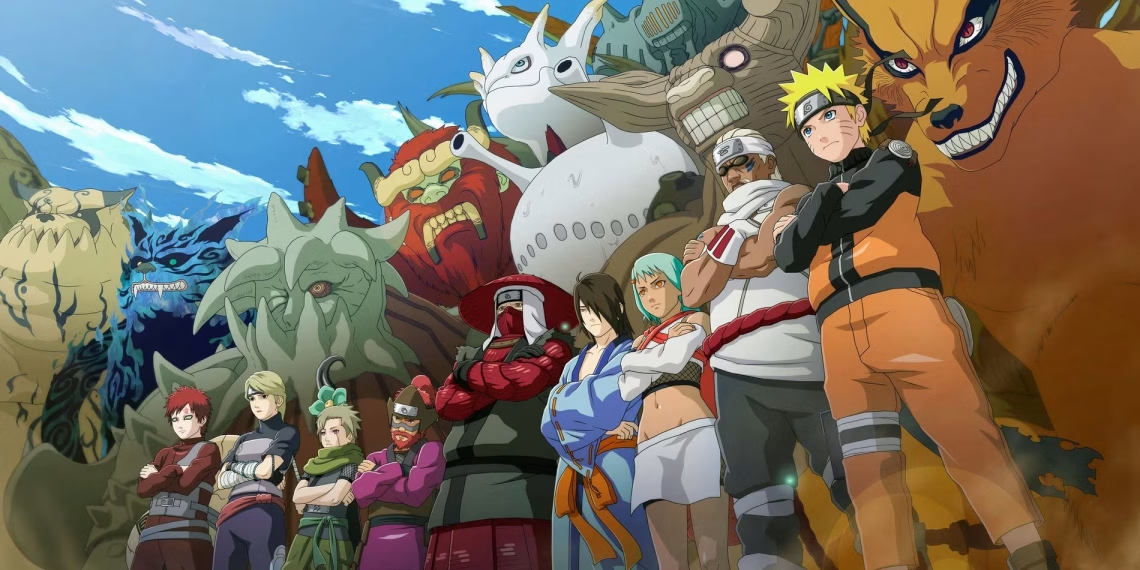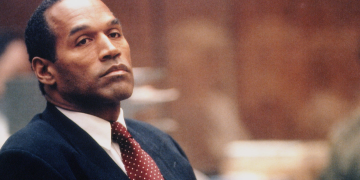The Naruto series has fascinating fans with its expansive lore, intense battles, and powerful characters. One of the most iconic aspects of the story is the group of mythical creatures known as the Bijuu, or Tailed Beasts, each holding immense chakra and representing powerful forces within the world. These creatures, often seen as both a blessing and a curse, were central to many of the events in the series, especially during the Fourth Shinobi World War. But after the war, what happened to these formidable beings?
Masashi Kishimoto, the creator of Naruto, never left fans hanging when it came to the fate of the Bijuu. Although the series concluded with the defeat of Madara Uchiha and the restoration of peace, the Bijuu’s destinies remained a mystery for some time. To clarify their roles after the war, Kishimoto provided insight into their future through various narrative arcs and statements. This explores the answers Kishimoto offered regarding the Bijuu’s fate post-war and what their future holds in the peaceful world that followed.
The Bijuu Before and During the War
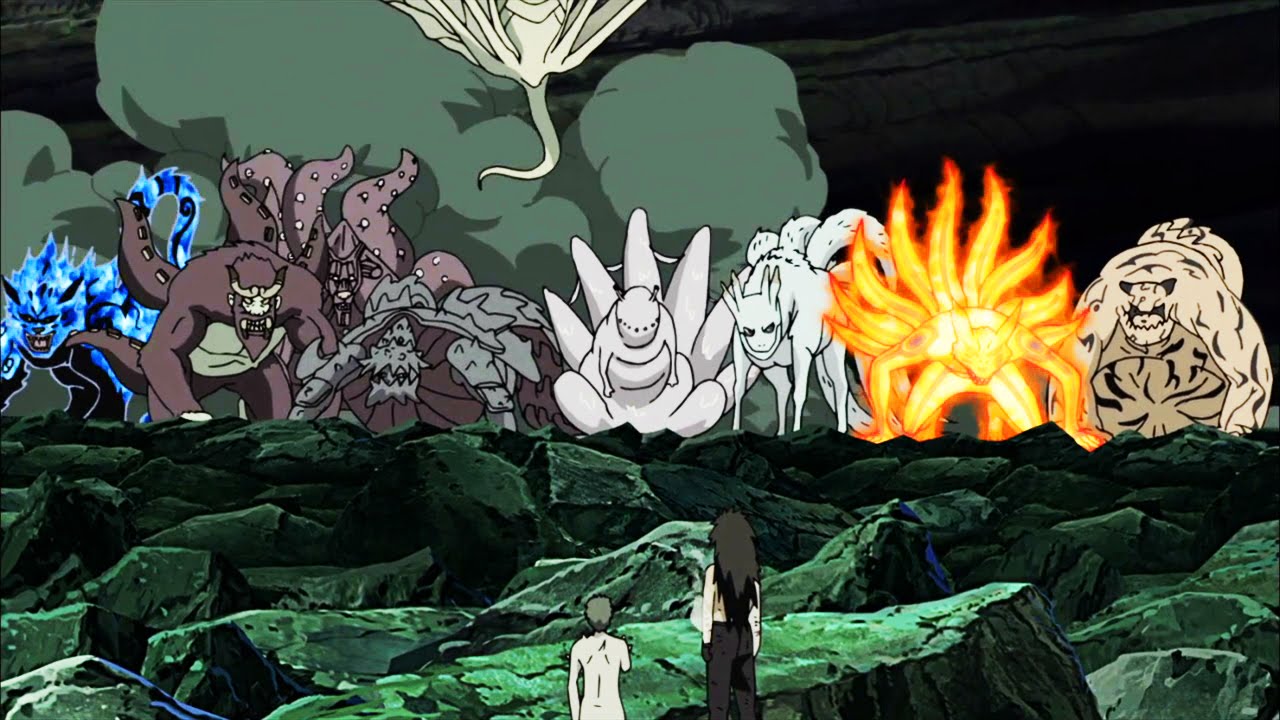
Before discussing their whereabouts after the war, it’s essential to understand the role of the Bijuu throughout the series. The Bijuu are enormous, chakra-infused creatures, each of which has a unique personality and power. They were originally created by the Sage of Six Paths, Hagoromo Otsutsuki, and each one corresponds to a specific number of tails, ranging from the One-Tail Shukaku to the Ten-Tails, the most powerful of them all.
Throughout the Naruto series, the Bijuu were often viewed as weapons by various villages and individuals. They were sealed inside human hosts known as Jinchuriki, who bore the burden of carrying these beasts’ immense chakra. This relationship was often one of fear, distrust, and isolation, especially for the Jinchuriki themselves, who were treated as outcasts.
The Fourth Shinobi World War was a pivotal moment for the Bijuu. Under the control of Madara Uchiha and Obito Uchiha, several of the Tailed Beasts were forcibly extracted from their Jinchuriki, and their chakra was used for dangerous purposes. This event significantly impacted both the Bijuu and their hosts, but it also led to a moment of change in how the world saw these creatures.
The Fate of the Bijuu After the War
After the Fourth Shinobi World War, the Tailed Beasts were finally freed from their forced imprisonment. The war had ended, and peace began to settle across the ninja world. However, the question remained: What would become of the Bijuu now that they no longer had Jinchuriki, and how would the villagers interact with them in this new era?
The Bijuu’s Freedom
One of the most significant developments for the Bijuu post-war was their newfound freedom. After being freed from their Jinchuriki hosts, each of the Bijuu returned to their respective hiding places. However, unlike in the past, they no longer served as weapons of war or symbols of fear. Instead, they became more like natural forces, existing independently but still playing a crucial role in maintaining the balance of the world.
In a surprising turn of events, the Bijuu were no longer sought after by the villages for their chakra. The ninja world had realized that the pursuit of power through the Tailed Beasts was unsustainable and destructive. This shift in perspective allowed the Bijuu to live in peace, free from the constant struggle for control.
The Bijuu’s Relationship with the Shinobi World
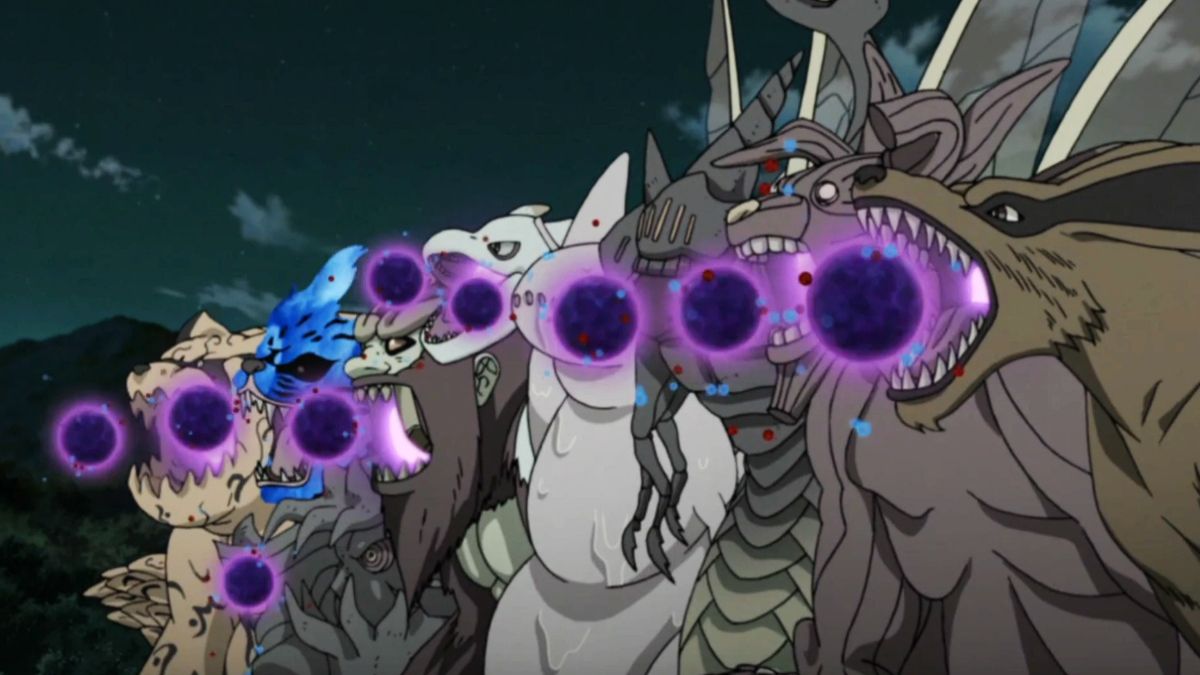
In the aftermath of the war, the Shinobi world underwent significant reforms. The villages began to prioritize peace over the desire for power, and as a result, the Bijuu were treated with a greater sense of respect. The events that unfolded during the war, particularly Naruto Uzumaki’s bond with Kurama (the Nine-Tails), demonstrated the importance of mutual understanding and cooperation between humans and the Bijuu. This development led to a broader change in how the creatures were viewed by the world.
Naruto himself played a key role in this transformation. As the Seventh Hokage of the Hidden Leaf Village, he worked towards fostering relationships of respect and understanding between humans and Tailed Beasts. It is likely that under his leadership, the Bijuu were no longer viewed as weapons of mass destruction but as guardians of nature’s balance.
Kurama’s Role and Naruto’s Influence
Kurama, the Nine-Tails, plays a pivotal role in the events of the war and beyond. Naruto’s relationship with Kurama was unlike any other bond between a Jinchuriki and a Tailed Beast. Initially, Kurama was a fierce and hostile creature, but over time, through patience and trust, Naruto formed an incredible bond with the beast.
After the war, Kurama and Naruto’s connection remained strong, with Kurama continuing to provide Naruto with chakra when needed. However, Kurama’s decision to remain by Naruto’s side marked a significant turning point. He was no longer a mere weapon for the Hidden Leaf Village but a valued ally and protector.
Although Kurama’s ultimate fate was touched upon during the events of Boruto: Naruto’s Next Generations, it is evident that his presence continues to have a lasting impact on the world, especially with Naruto as its leader.
Where Are the Bijuu Now?
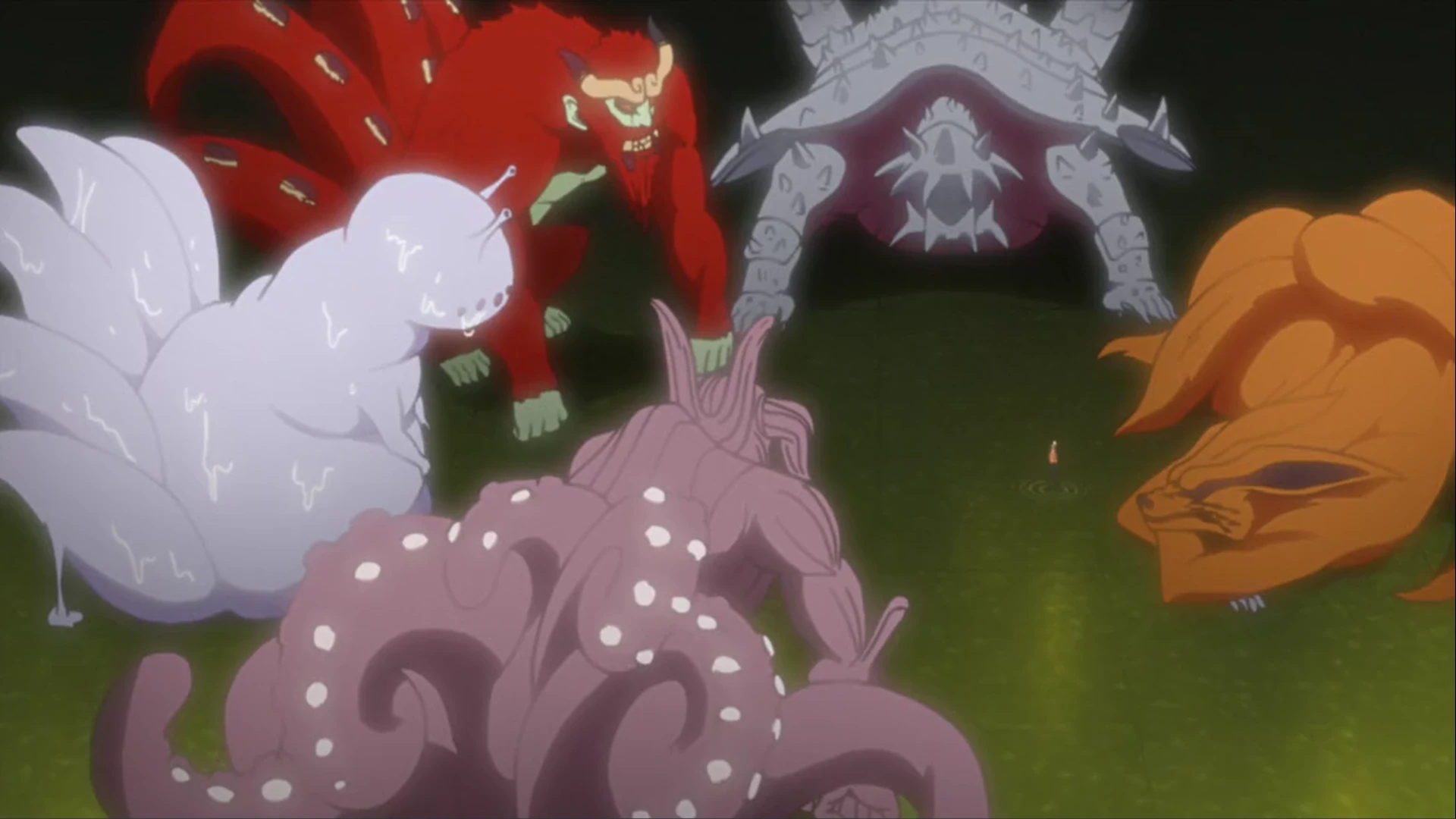
After the war, the Bijuu were scattered across the world, each returning to its natural resting place. They no longer lived in constant fear of being sealed away or exploited. Here is a breakdown of where the Bijuu were believed to be post-war:
- Shukaku (One-Tail): Shukaku, the One-Tail, was once housed within the host of Gaara, the Kazekage of the Hidden Sand Village. After the war, Shukaku returned to his original resting place, and Gaara continued his role as Kazekage. It is presumed that Shukaku still roams the vast deserts of the Sand Village, though in peace.
- Matatabi (Two-Tails): Matatabi, the Two-Tails, was sealed within the Jinchuriki of the Hidden Cloud Village. After the war, Matatabi returned to its natural habitat, believed to be within the mountainous regions. Like the other Bijuu, it was no longer a weapon but a free spirit.
- Isobu (Three-Tails): Isobu, the Three-Tails, was freed from the Jinchuriki after the war and returned to the waters, believed to live in the vast oceans.
- Son Goku (Four-Tails): Son Goku, the Four-Tails, was sealed inside the Jinchuriki of the Hidden Stone Village. After the war, he returned to the volcanoes of the land.
- Kokuo (Five-Tails): Kokuo, the Five-Tails, also returned to a remote mountainous area after its extraction. The creature’s movements are largely unknown, but it is assumed to live quietly and peacefully.
- Saiken (Six-Tails): Saiken, the Six-Tails, was freed after the war and likely returned to a swampy area, far from human interference.
- Chomei (Seven-Tails): Chomei, the Seven-Tails, once sealed inside the Jinchuriki from the Hidden Rain Village, now roams the forests, seeking its place in the world.
- Gyuki (Eight-Tails): Gyuki, the Eight-Tails, remains in the mountainous regions. The relationship between Gyuki and Killer Bee is one of mutual respect, and after the war, it is presumed that Gyuki continues to watch over the Hidden Cloud Village.
- Kurama (Nine-Tails): Kurama, the Nine-Tails, remains by Naruto’s side, playing an important role in the continued stability of the world. His presence is integral to both the Hidden Leaf Village and the peace efforts.
- Ten-Tails: After the defeat of Obito and Madara, the Ten-Tails were fully sealed away. It is likely that it remains dormant, as its power could bring destruction to the world.


